History of the Camino de Santiago
The Camino de Santiago is considered a bucket list destination for many people, whether you consider yourself a spiritual person or not. But how did the Camino de Santiago come to be so popular among modern travellers and what do we know about the history of the Camino?
Thousands of people walk the Camino de Santiago every year. Coming from all walks of life, this pilgrimage is one that captivates all who make the journey. Originally, however, the Camino was responsible for one of the largest movements of people across Europe.
Pilgrims would make the long journey to the magnificent cathedral in Galicia’s Santiago de Compostela, in search of a way to reduce their time in purgatory.
The Legend of Saint James
Mystery and legend are both key components of the history of the Camino de Santiago. According to the pilgrimage’s official history, the body of Saint James the Apostle is buried in Santiago’s cathedral.
James, son of Zebedee and brother of John the Evangelist, was discovered in a field in Galicia by a shepherd named Pelayo in the 9th century, during the reign of King Alfonso II.
Saint James is the namesake of the Camino de Santiago, which translates to English as the Way of Saint James. Santiago or Sant Iago means Saint James.
Saint James had died some 800 years earlier and according to legend, was transported to Galicia (to the town of Iria Flavia, today’s Padron, found on the Camino Portugues) by two disciples in a boat led by angels. Somehow his body was then buried in a field not far from there, the very place where it would be discovered a few centuries later.
Informed about this important discovery, King Alfonso II had a small chapel built in this holy place. He would later commission a larger temple in order to attract pilgrims from all over the world. This would, in effect, compete with other important religious centres of pilgrimage, such as Jerusalem and Rome.
Of course, at this point in time, religious buildings across Europe were all busy competing for the best relics in order to attract as many pilgrims as possible. The relics of Saint James would transform Santiago de Compostela into one of the world’s most important pilgrimage destinations.
Apart from the obvious religious aspect, the discovery and the development of the pilgrimage route was also vital from a political point of view. A large influx of faithful Christians travelling across Northern Iberia, settling and creating strong cultural links with the rest of Europe, would be a very powerful tool in keeping the Moors away.
Fisterra
However, there is also an additional pre-history of the Camino de Santiago as we know it. The ‘way’ may have attracted pilgrims even earlier than the 8th century thanks to a route following the Milky Way to Fisterra, today’s Camino Finisterre.
Steeped in mysticism, Costa da Morte’s Fisterra was once believed to be the End of the World. Legend says that when the sun disappeared beneath the waves, the veil between this world and the next thinned, opening the gates to the Afterlife.
To counteract any potential ill will, pagan prayers and offerings would be made to appease the gods as Fisterra was also believed to be the location of Ara Solis, an altar dedicated to the sun.
History of the Ways to Santiago
The construction of the city’s Romanesque cathedral began in 1078 and with it began a golden age for the pilgrimage to Santiago. Originally, the safest route to Santiago would have been along today’s Camino del Norte and Camino Primitivo, believed to be the oldest Camino route and the ones followed by King Alfonso II himself on his pilgrimage in the 9th century.
It wouldn’t be until a bit later that the Camino Frances would be developed by King Sancho the Great and King Alfonso VI across their territories of Navarra and Leon, shortly after having recovered them from Moorish influence.
Important infrastructure such as monasteries, pilgrim hospitals and bridges were built to protect pilgrims on their journey to Santiago. The Christian kings also offered certain privileges to encourage the people to settle along the routes, with many towns and cities developing into thriving communities around this time.
By the time Aymeric Picaud wrote his Codex Calixtinus in the 12th century, thousands were heading to Santiago each year, mainly along the Camino Frances.
The Codex Calixtinus would be the first Camino travelogue or guidebook for the Camino pilgrim and it shows the importance of the route in those days, despite the perils of pilgrimage in Medieval Europe.
The reason we have such a web of Camino de Santiago routes is that the original pilgrims would begin their spiritual Caminos from their local parishes.
Many pilgrims would stop in different important pilgrimage centres along the way, paying a visit to other saints and getting the benefit of important relics.
As previously mentioned, going on a pilgrimage in Medieval Europe (just like some travel in the modern world) could be a perilous journey so safety in numbers was a must.
Most pilgrims would join fellow travelers along the way, with these branches converging with routes coming from other parts of Europe. For instance, many of the Camino routes in France join up before the Pyrenees, very close to St Jean Pied de Port.
For Faith or Money?
The 12th and 13th centuries marked the heyday of pilgrimage to Santiago with as many as 250,000 pilgrims travelling every year. These pilgrims were moved by their faith, but there were other reasons why people made the journey to Santiago.
Some pilgrims wanted to secure salvation as Pope Calixtus II had declared that all years where Saint James’ Day (July 25th) fell on a Sunday, would be known as Holy Years.
Other pilgrims wished to pay a penance, while many were also moved by money, undertaking the treacherous trip on behalf of wealthier citizens, or even to serve a sentence.
From the 14th century onward and due to various circumstances such as religious wars and the Reformation, overall interest in pilgrimage decreased across Europe.
This included the Way of Saint James and while pilgrims continued to travel to Santiago, the numbers were much lower than those of its medieval heyday.
The Modern History of the Camino de Santiago
Since the beginning of the 1990s, the Camino de Santiago has seen a fantastic resurgence in popularity. This is due to promotional efforts by tourist boards, but also due to the work of Camino enthusiasts like Father Elias Valiña.
Father Valiña was the parish priest of O Cebreiro. In the 1980s, he worked tirelessly to both mark the route and to bring about a new golden age for the Camino, highlighting it as a route of cultural exchange, communication and understanding between European citizens. He would certainly be very proud of the Camino today.
To give you an idea of the new age of the Camino’s popularity, 1,245 pilgrims arrived in Santiago in 1985 and over 100,000 in 1993, the year the route was declared a UNESCO World Heritage site.
By Holy Year 2010 those numbers had reached 270,000, with over 327,000 pilgrims getting their Compostela in 2018 alone.
We hope that you have enjoyed our dive into the History of the Camino de Santiago. For more information about us, our routes or the history of the Camino de Santiago, please don’t hesitate to contact us.
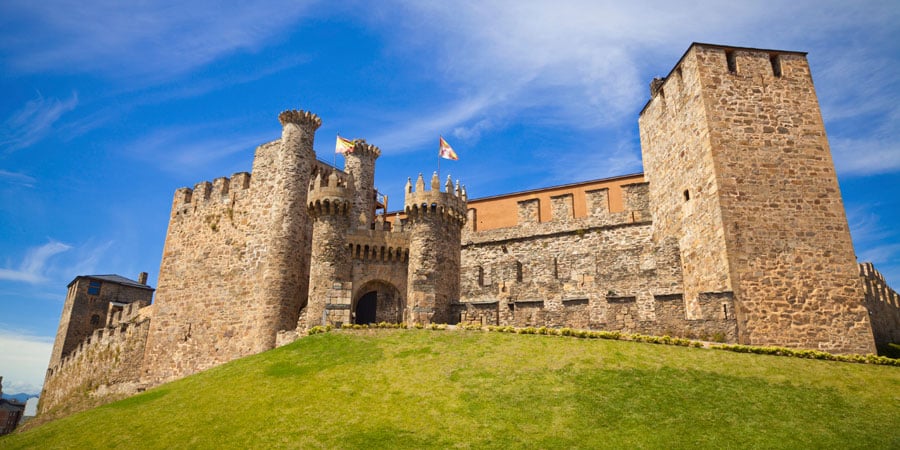
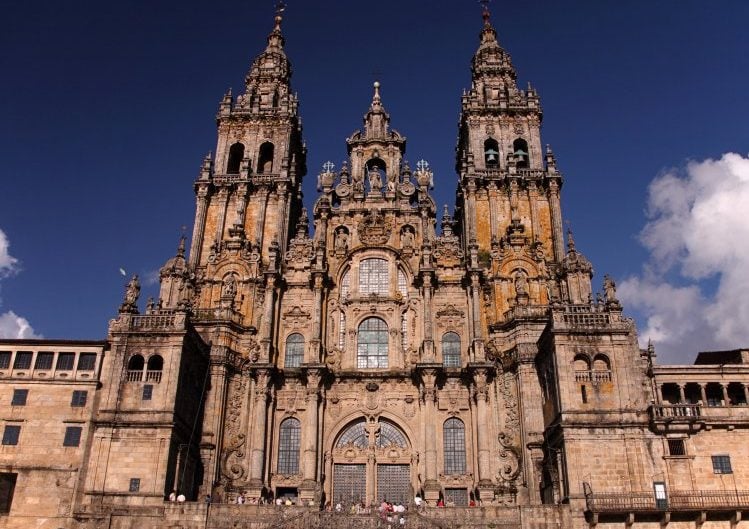
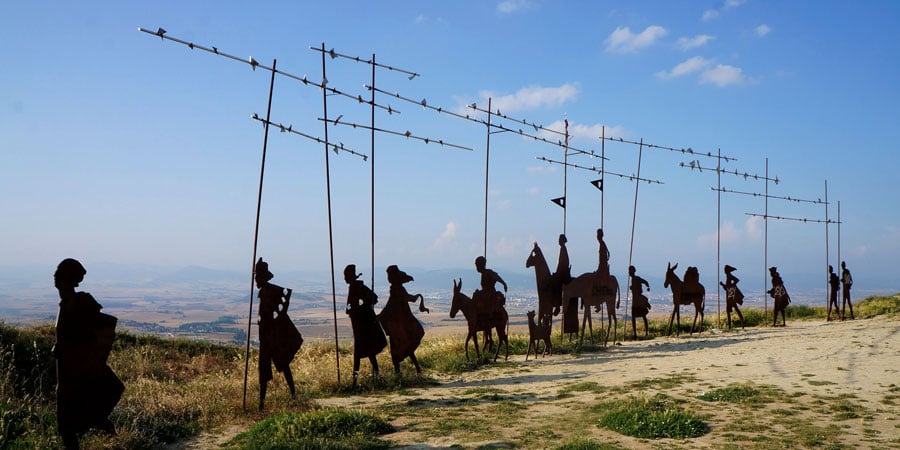
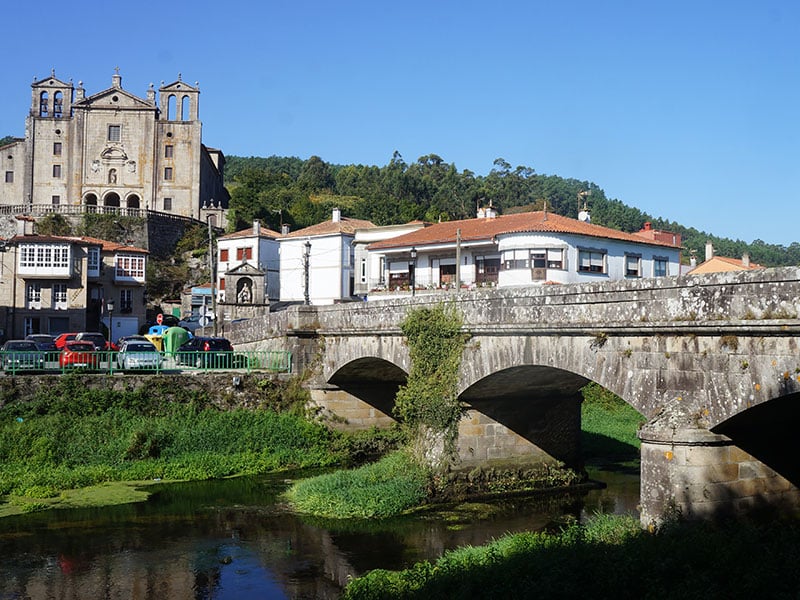
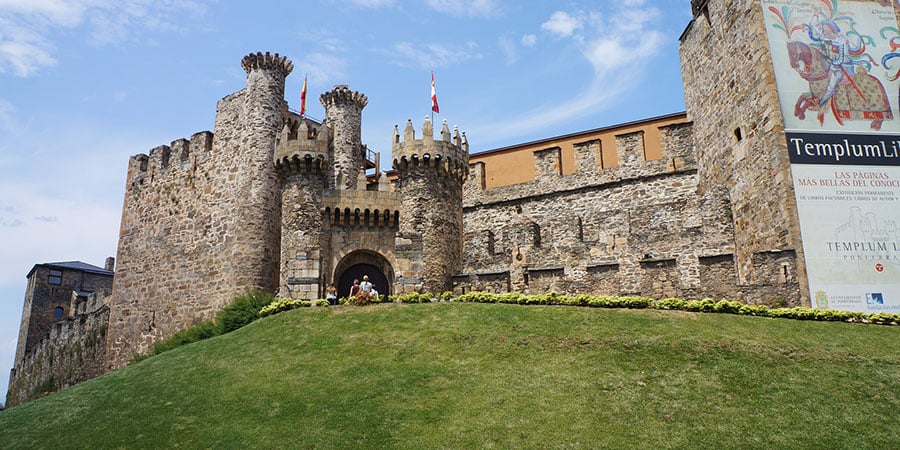
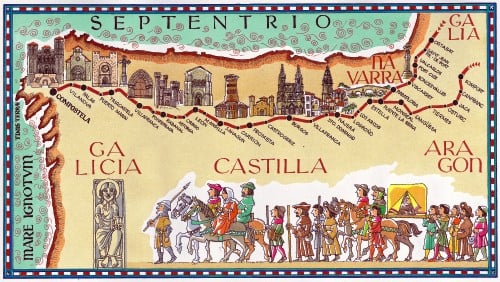
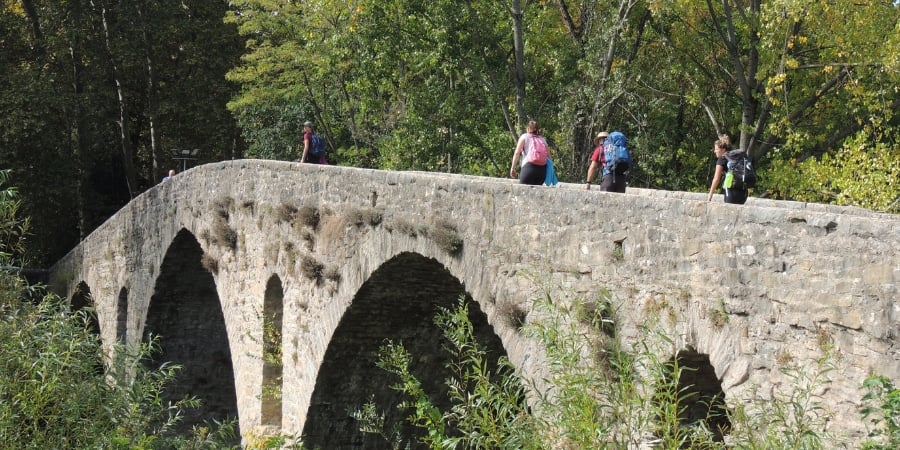
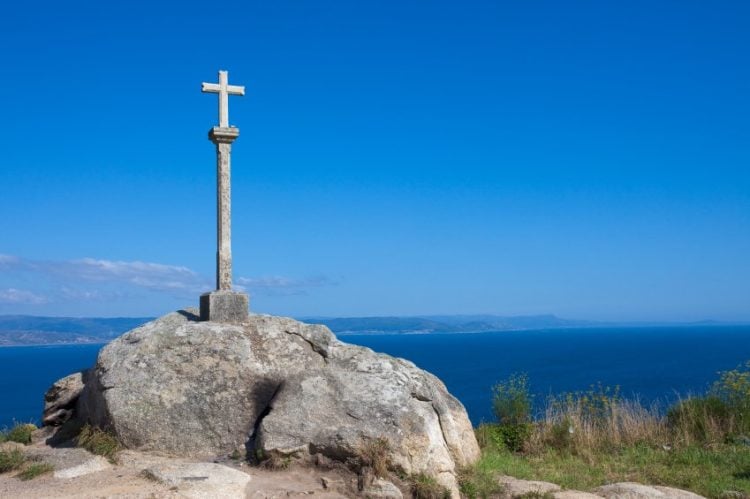
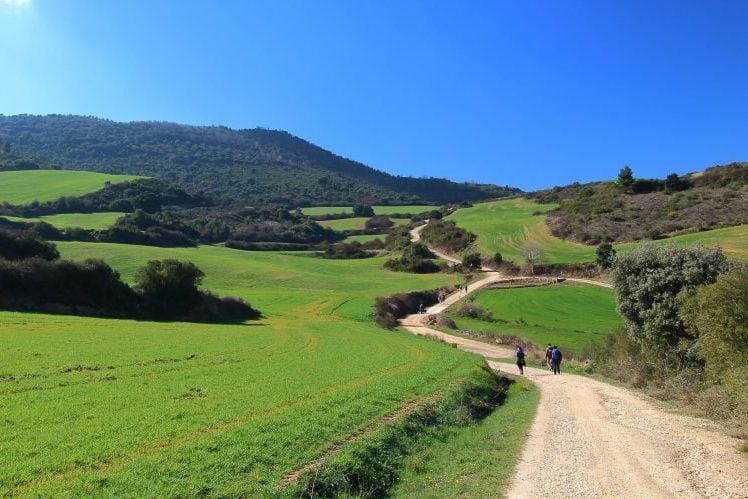
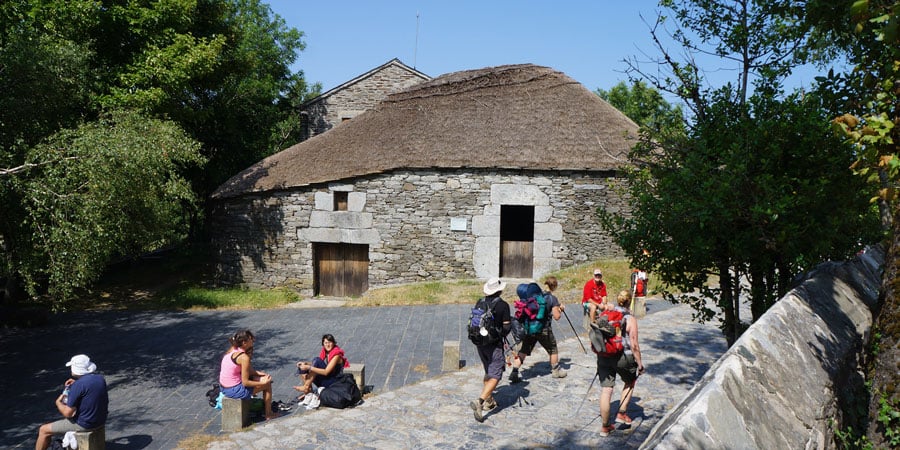

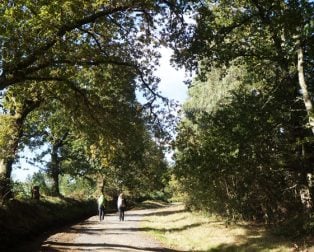

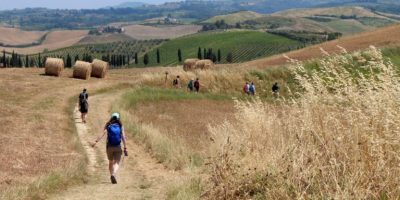
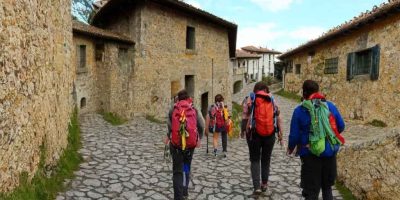
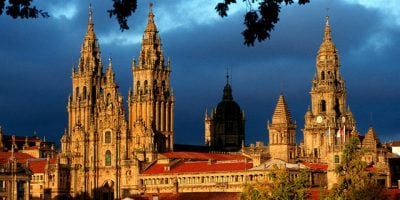
I finished a Camino from Tuy on the Portuguese route to Santiago yesterday.
I was quite struck by the people I met walking who were on some kind of spiritual journey. Not just merry making or adventurers, although she clearly were.
My husband and I have walked the Camino 3 times and will walk again this October. For me it is spiritual and cultural for my husband. There is deep meaning for both of us.
My wife and I cycled the Camino from Porto, Portugal. We cycle tour every year around the world and was suggested this route by someone that had walked it before. We must say it was an amazing journey all along the route.